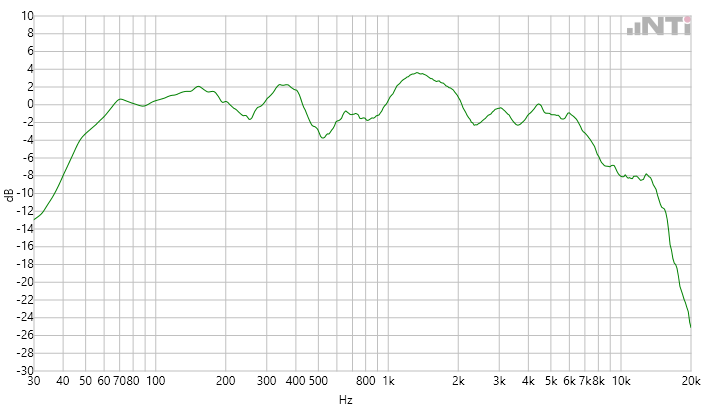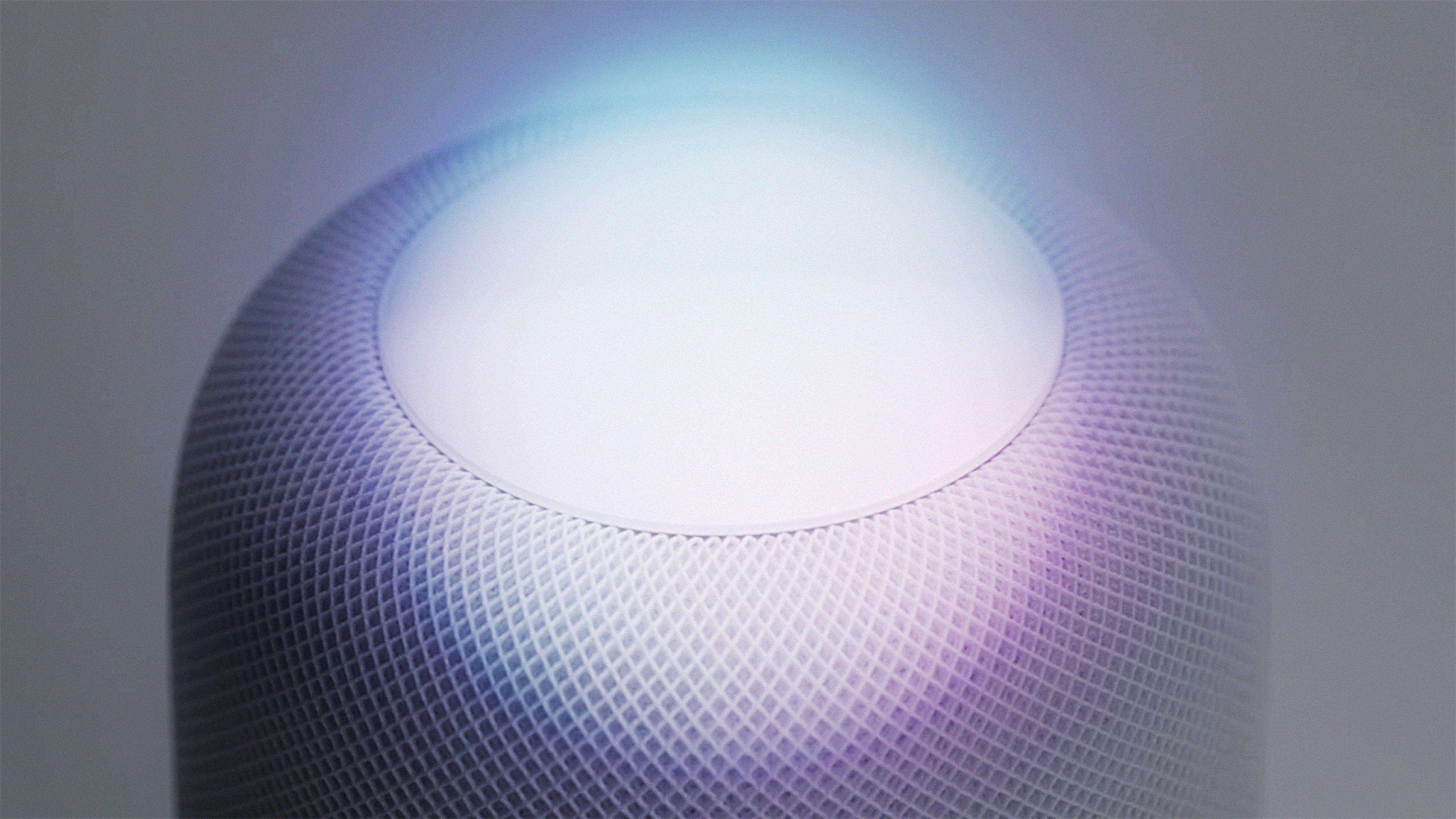The last of a three-part series of reviews of Apple’s new HomePod smart speaker, including a subjective analysis of the device and an analysis of its spacial analysis technology.
Apple’s claim that the HomePod faithfully reproduces music recordings without so-called bias, or enhancement, is, for the most part, correct. That’s the result of the frequency response testing we did on the device earlier this week.
In speakers, frequency response refers to the amount of sound produced along the frequency spectrum from very bassy to very high-pitched sounds. Audiophiles might say the HomePod is relatively “flat”–that is, it neither adds nor subtracts decibels to the sound delivered across different frequencies.

Note that the HomePod’s output starts decreasing near the edges of its stated 40Hz to 20KHz frequency range. On the low-frequency (left) side of the above graph, the decrease is only 10 dB, but at the high end of the frequency range it’s considerably more. The HomePod’s output decreases by about 25 dB from flat zero at its high limit of 20Khz.
It’s possible this is the result of our testing method. We recorded the HomePod from one location a few inches away. It’s possible that the device’s sophisticated “spatial awareness” algorithms may have caused the speakers to send certain frequencies of sound in directions the microphone couldn’t pick up.
Music producers rely on “flat” monitors because they create a brutally honest representation of what’s gone down on the tape (or disk), with no varnish to hide the flaws. It also gives the producer a benchmark for understanding what the music will sound like when reproduced on other systems.
For many years, recording studios had at least one pair of Yamaha NS10 monitors in front of the mixing board because they were famously flat. The NS10s, which debuted in 1978, have been replaced by the HS series, which carries on the tradition. Compare the HomePod’s frequency response chart with that of the HS7.

We also tested the Total Harmonic Distortion of the HomePod and found more good news there. Total Harmonic Distortion, in very simple terms, measures the difference between the source audio signal and the sound created when the speaker tries to reproduce it.

Read a general review of the HomePod and an analysis of its spacial analysis technology.
Recognize your brand’s excellence by applying to this year’s Brands That Matter Awards before the early-rate deadline, May 3.
